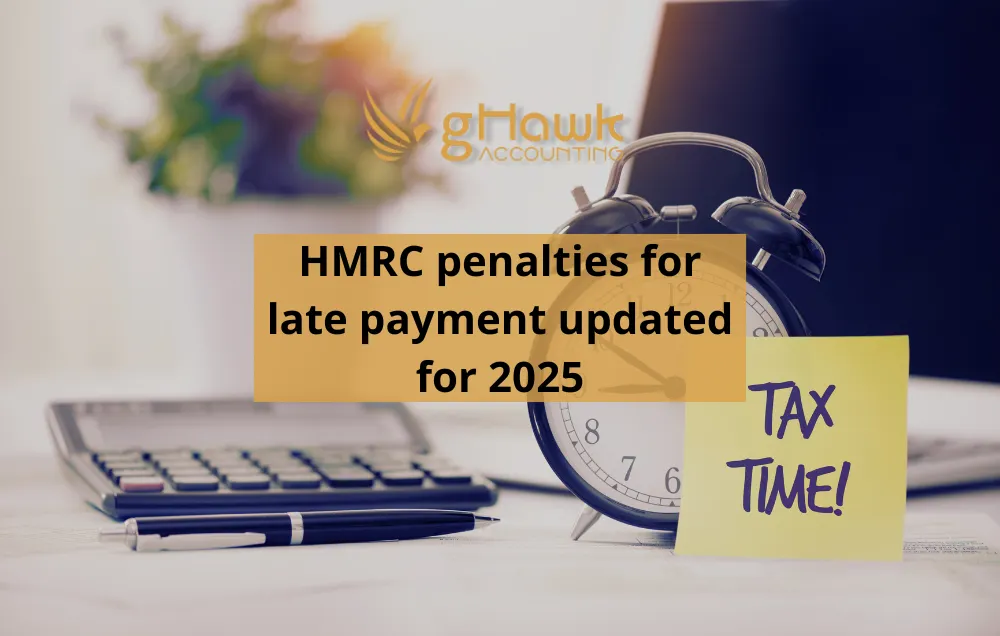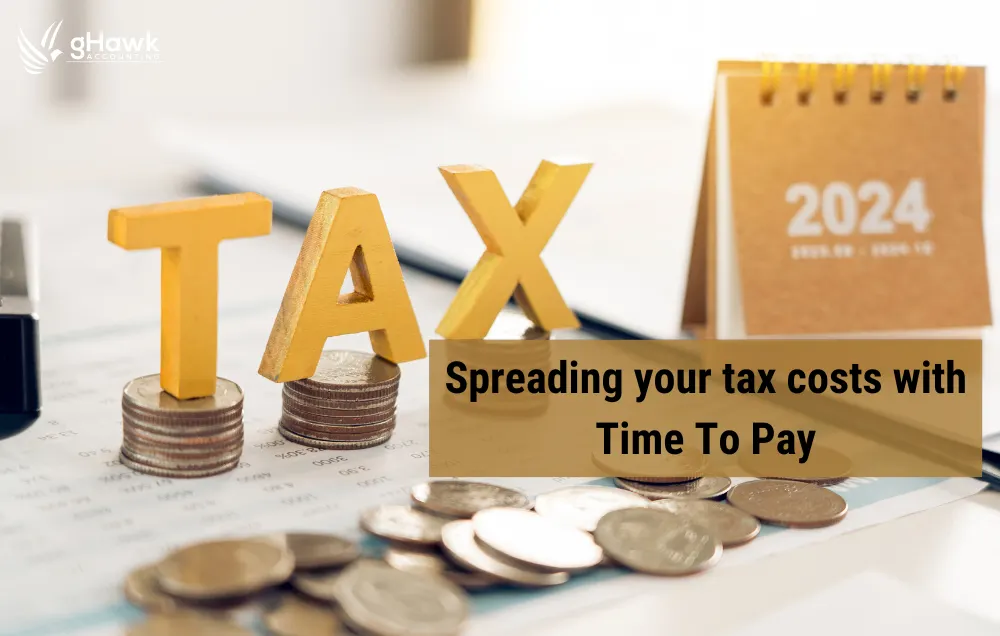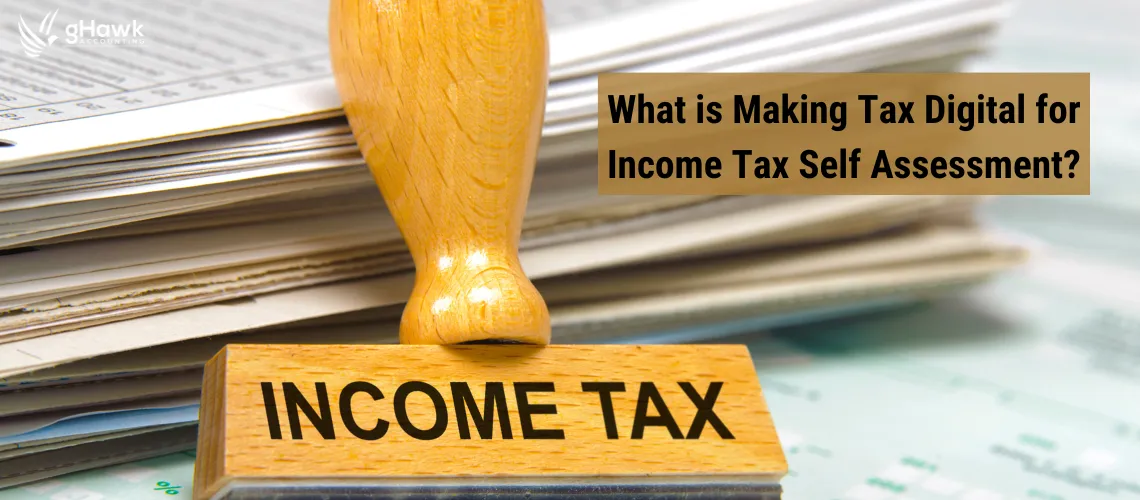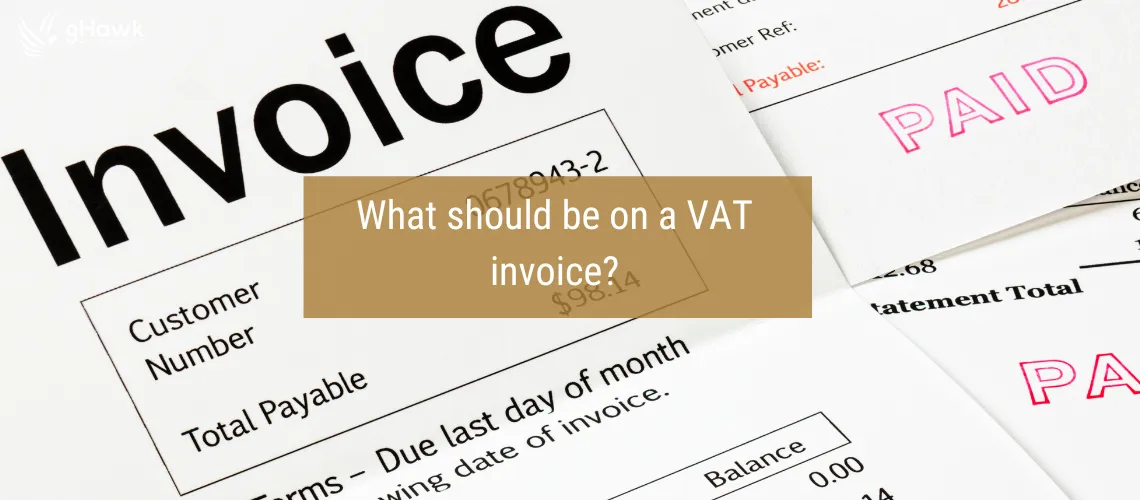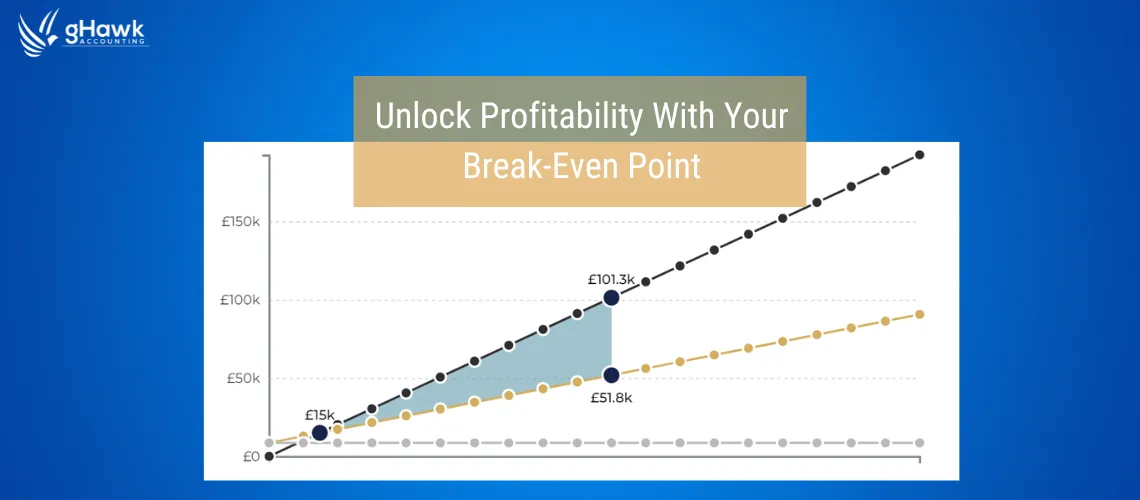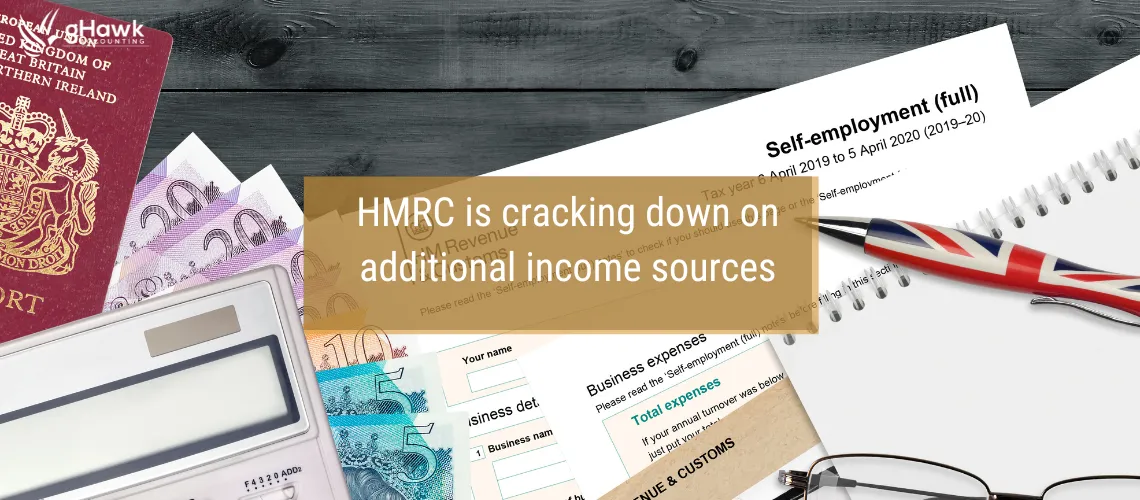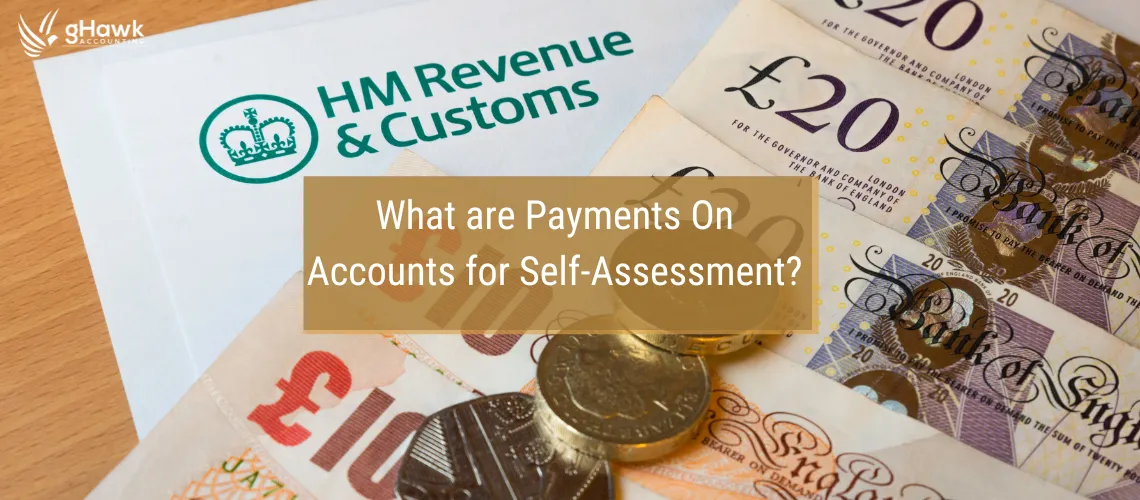Charging interest on a Directors' Loan Account
Charging interest on your Directors' Loan Accounts (DLA) could be smart, helping you become more tax efficient. Dive into our DLA explainer and find out how to do it.
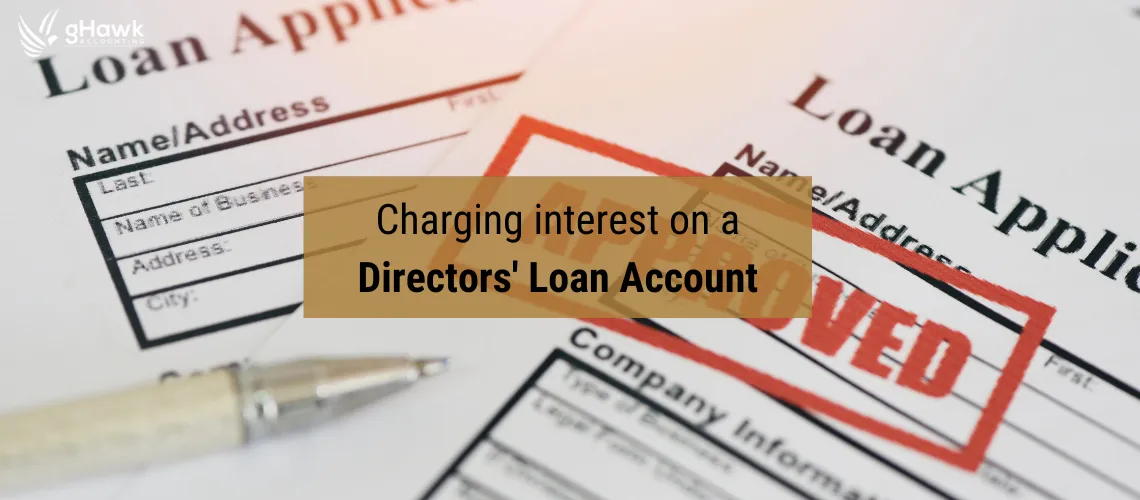
When you’re the director of a business, there will likely be occasions where you borrow money directly from your company or inject your capital into the business.
A Directors' Loan Account (DLA) keeps track of money owed between the company and its directors. In many companies, the account is in credit—i.e., the company owes money to the director. This can be due to directors injecting startup capital into the company, not drawing dividends they are owed, or subsidising other expenses.
It’s worth considering charging interest on the due balance in these situations. But how do you do this? And what impact does charging interest have on the director and company?
Understanding interest on Directors' Loan Accounts
Let’s look at some rules around applying interest on DLAs and the potential benefits this can bring to your company and tax planning.
- Any interest paid for these DLAs will be deductible when calculating your company’s taxable profits. Because of this, it’s possible to achieve tax savings of up to 25%.
- For the individual, a basic-rate taxpayer has a Personal Savings Allowance (PSA) of £1,000 and will pay 20% on the excess. So, paying interest is more tax-effective than declaring dividends. The PSA for a higher-rate taxpayer is £500.
- The interest rate needs to be a commercial rate. In other words, the interest rate must not exceed the rate you expect from a third-party lender.
- Where interest is paid to an individual, basic rate tax must be deducted from any payment made to the director at the source.
- This tax is reportable to HM Revenue & Customs (HMRC) on a calendar-quarterly basis, with the amount deducted offset against tax due on the individual’s tax return. Where the company accounts are not drawn up to a calendar quarter end, a fifth return is required up to the balance sheet date.
- The company can take into account any interest due but not paid until up to twelve months later when calculating its profits. However, the individual will only include any interest paid as income. Note, though, that 'paid' can include crediting to a DLA! This can give a timing advantage.
Talk to us about maximising the tax benefits of your DLA.
Any interest you receive is not subject to National Insurance Contributions (NICs) and is particularly tax-effective when shielded by the Personal Savings Allowance (PSA)
The reporting requirements for interest on DLAs are no walk in the park. Because of this, it’s a good idea to talk to us first so we can ensure you have a workable system before making any payments. We can also give an opinion on the acceptability of the proposed interest rate to pay and how it measures against current market rates.
Get in touch to talk about interest in your DLA.

